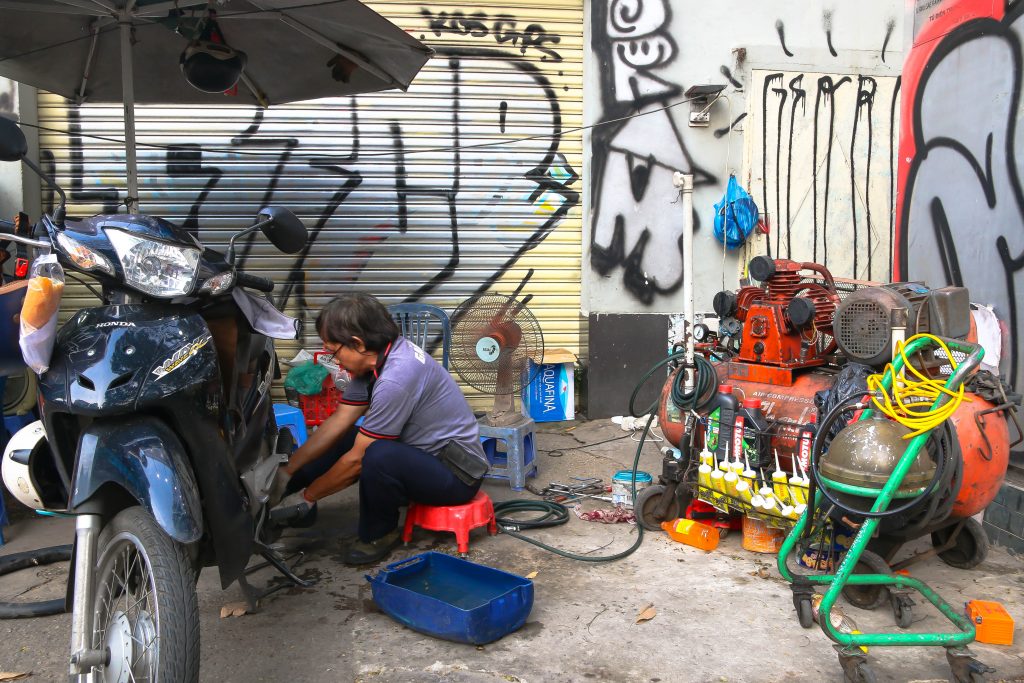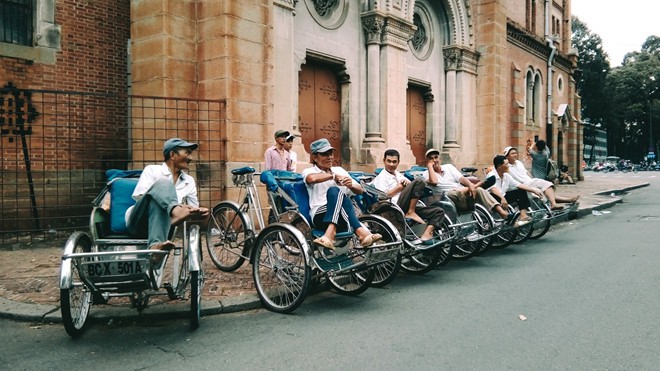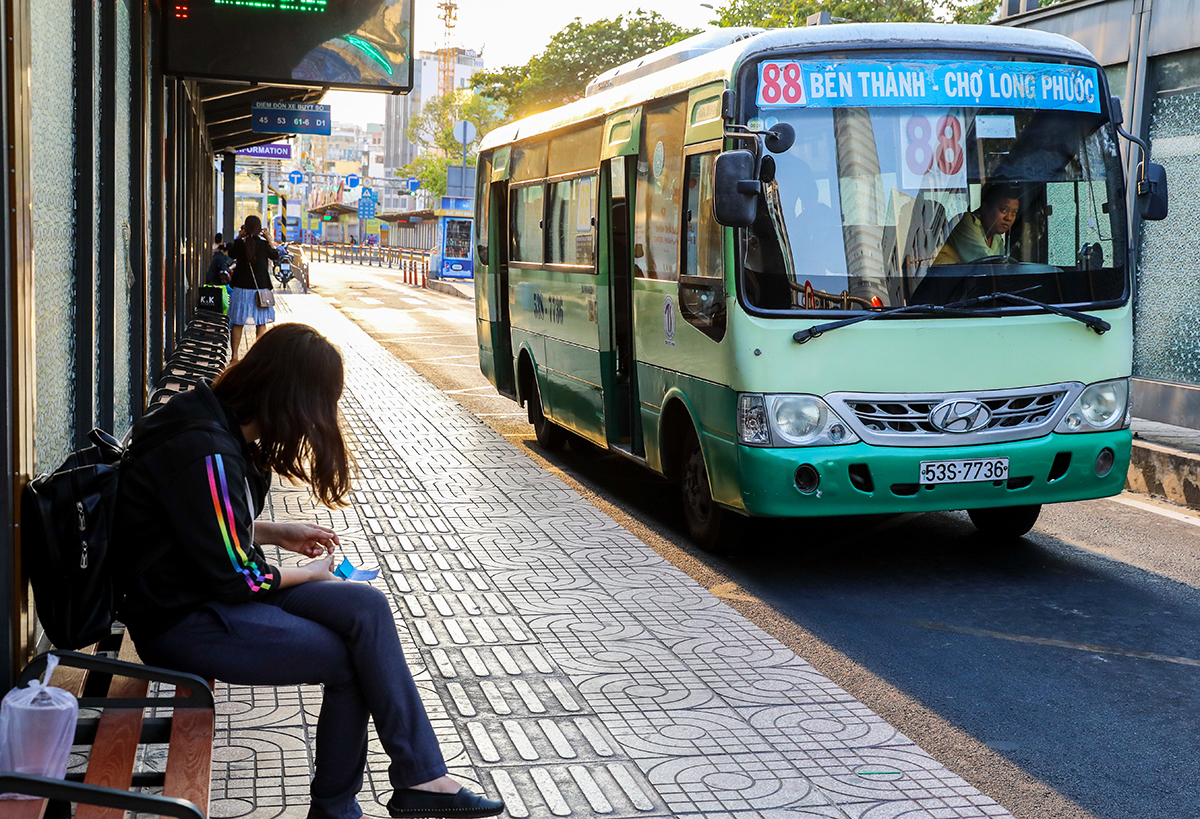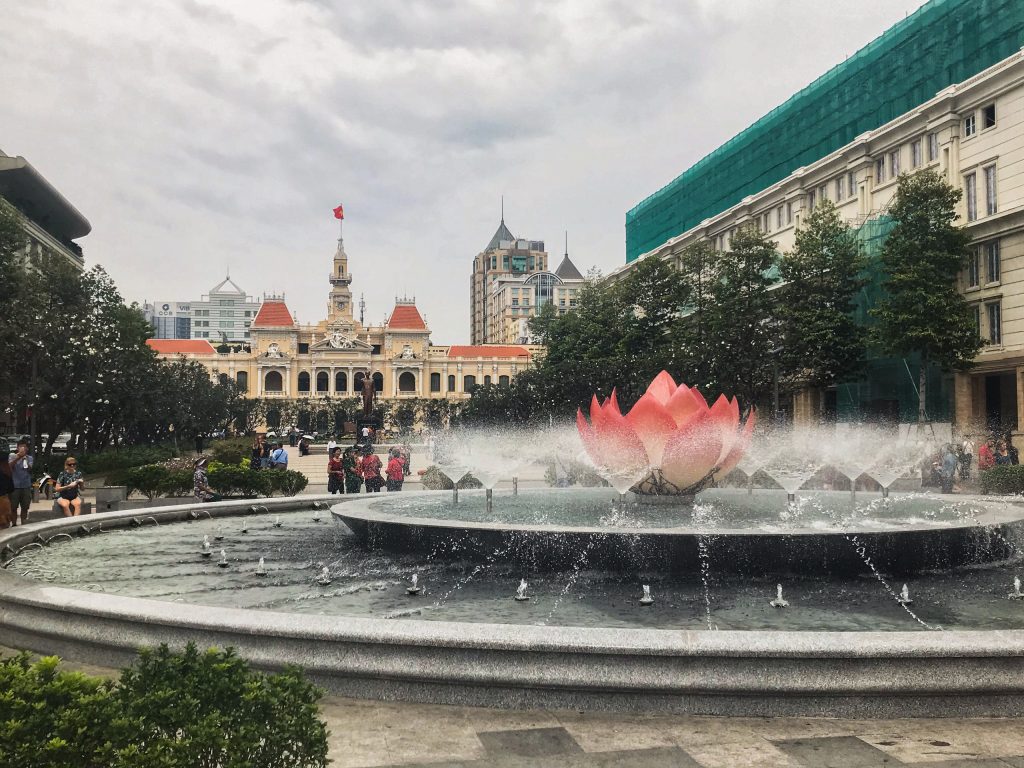1. Plan in advance for revenues and expenditures
You wouldn’t want to carry total cash with you, both inconvenient and dangerous, because you will become a target for pickpockets. Revenue and expenditure planning to help you estimate the amount of money you carry and use. For example, plan where you will go, how much money you need, expenses for transportation, food, souvenirs, costs incurred. A small note is you should have an exchange in city centers (Saigon, Hai Phong,..) this is more beneficial than exchange in rural areas or small towns.
2. Contact the bank, check account
Before your trip, contact your bank to make sure your account has international payment capability and what the balance is, which will not be redundant. Many people who used to feel secure with their credit cards then have trouble going abroad because their credit cards are locked for many unexpected reasons.
3. Change money and credit card
There are three basic ways to exchange money: exchange cash at a bank before your trip; Use the airport exchange service and use a credit card. Accordingly, your payment will be deducted directly when buying. However, international visitors can save up to 15% by using a credit card.
Some place that you can exchange your money in Ho Chi Minh City
Near Ho Chi Minh Square
You can find Ho Chi Minh Square right in front of Ho Chi Minh City Hall, which takes you around 8 minutes from Ben Thanh Market. Surrounded by several shops, restaurants, and hotels, we will not be surprised by many money changers shops and gold dealers here.
Recommendation:
– Hung Long Money Exchange (86 Mac Thi Buoi, Ben Nghe Ward, District 1, HCMC, Vietnam).
Opening hours: Daily 7:00 – 22:00.
–Eximbank Money Exchange 59 (135 Dong Khoi, Ben Nghe Ward, District 1, HCMC, Vietnam).
Opening hours: Daily 7:00 – 22:00.
–Minh Thu (12 Le Loi, Ben Nghe Ward, District 1, HCMC, Vietnam). Opening hours: Daily 7:00 – 22:00.
–Currency Exchange (109 Ho Tung Mau, Ben Nghe Ward, District 1, HCMC, Vietnam). Opening hours: 24/24.
Around Pham Ngu Lao Street
Pham Ngu Lao Street, which is well-known for the name “Backpacker town in Ho Chi Minh City”, in which there is variety of boutique hotels, hostels, bars, diners and coffee shops. Hence, it is not tough when it comes to buy local currency. Here are some bank branches that we hope you like:
– Dong A Bank (187 Pham Ngu Lao, District 1, HCMC, Vietnam).
Opening hours: Monday to Friday 8:00 – 17:00.
-Vietcombank (69 Bui Thi Xuan, Pham Ngu Lao, District 1, HCMC, Vietnam).
Opening hours: Monday to Friday 7:30 – 16:30.
–BIDV (118 – 122 Nguyen Cu Trinh, District 1, HCMC, Vietnam).
Opening hours: Monday to Friday 7:30 – 17:00.
–Saigon Commercial Bank (242 Cong Quynh, Pham Ngu Lao, District 1, HCMC, Vietnam).
Opening hours: Monday to Friday 8:00 – 17:00.
-Indovinabank (50 Pham Hong Thai, Ben Thanh Ward, District 1, HCMC, Vietnam).
Opening hours: Monday to Friday 9:00 – 16:00.
Tourist area in Ho Chi Minh City
Recommendation:
± Vietcombank Me Linh Square (5 Me Linh Square, Ben Nghe Ward, District 1, HCMC, Vietnam).
Opening hours: Monday to Friday 7:30 – 16:30.
± Vietinbank on Ham Nghi Street (93-95 Ham Nghi, Nguyen Thai Binh, District 1, HCMC, Vietnam).
Opening hours: Monday to Friday 7:30 – 17:00.
± Asia Commercial Bank on Le Loi Street (72 Le Loi, Ben Thanh Ward, District 1, HCMC, Vietnam).
Opening hours: Monday to Friday 7:30 – 16:30.
4. Current types of currency in Vietnam
The money denominations circulate domestically:
Polymer money
– 500,000 VND
– 200,000 VND
– 100,000 VND
– 50,000 VND
– 20,000 VND
– 10,000 VND
Paper money
– 5,000 VND
– 2000 VND
– 1000 VND
– 500 VND
Currency:
Regardless of the country you travel to, the US dollar has a specific effect. Many states accept this currency for trading, so you should bring US dollars with you, but you should also understand the foreign currency conversion before trading.
The exchange rate can be checked via link: https://www.customs.gov.vn/Lists/ExchangeRate/Default.aspx
5. Divide the money into several parts
You should divide the savings for the trip into two parts; one converted into cash, take with you, the rest transferred to the cards that can withdraw some money when abroad. This ensures you do not have to carry too much money, natural danger, and have the necessary preparation plan in unexpected situations.
Besides, you should also bring a credit card (Visa or Mastercard credit) with a relatively stable limit for peace of mind to always have plenty of money on transactions during the trip.







